Your cart is currently empty!

Derbyshire Miners Holiday Camp, Rhyl
In 1947 the coal industry of Britain was nationalised by the government and the following year the East Midlands division announced a £7.8 million profit making it the most successful coalfield in the country. As a reward to his workers Sir Hubert Houldsworth, chairman of East Midlands, announced a holiday charter for the 97,000 miners in Derbyshire, Nottinghamshire and Leicestershire. Plans were announced to build four holiday camps, including the Derbyshire Miners Holiday Camp in Rhyl. “No men work harder than the East Midlands miners” said Sir Hubert “Their output per man shift is nearly 50% higher than the rest of Britain’s miners. Men who sweat and toil like them have the right to expect good holidays.”
Their first camp opened in Rhyl in July 1948. The 5 acre site had previously been owned by Bolsover Colliery and had been used as a camping site for youth organisations. Sir Hubert took inspiration from the Skegness holiday camp that was run by the Miners Welfare Commission. The cost per adult per week was £3. around half the price of other camps and hotels.

The British Federation of Hotels and Boarding Houses took exception to the idea of the government getting into the holiday camp business. “The federation has every sympathy with the miner but it did not believe he is entitled to subsided holidays”. By an overwhelming majority they voted to oppose the setting up of any further government holiday camps.
The Rhyl hoteliers association weren’t too happy either and were “alarmed” at the news “Rhyl landladies cannot possibly compete with the coal board at their prices”. A spokesman for the National Coal Board said “the emphasis is on rest and homely holidays. Bathing pools, cinemas and entertainments are not in the schedule of proposed amenities.” He went on to say that it was not a holiday camp “we are avoiding the term ‘camp’. Ours is a holiday centre with no regimentation or interference” and he stressed that the primary attractions were “good food and good cooking”.
The following year the British Federation of Hotels wrote to the NCB asking them to either abandon the Derbyshire Miners Holiday Camp or at least charge commercial rates. “Boarding house keepers are going to suffer considerably as they rely to a large extent on visitors from the Midlands mining area.” Later that year the camp was taken over by a joint management committee consisting of the NCB and the Derbyshire Miners Association. The site would be run under the same lines as the larger Skegness camp and would now cater to Derbyshire miners only. A deciding factor was that Derbyshire was the only county to stagger miners summer holidays over a 16 week period, which ensured a steady flow of visitors. The NCB abandoned plans to open any more camps.
The original capacity of the camp was 250 people but in 1951 a £17,000 investment in new chalets saw the capacity increased to 400. In 1955 another £6,000 was spent building a cocktail bar and sun lounge.
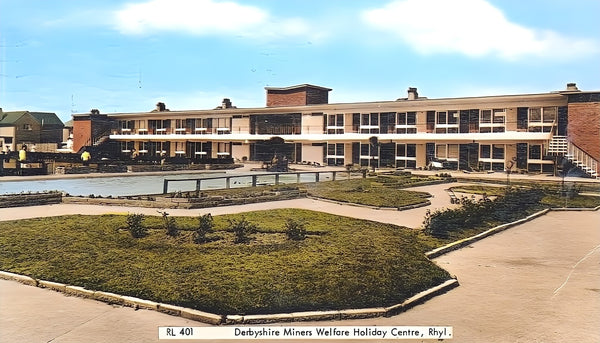
The camp remained popular throughout the 1960s and a new theatre, ballroom and outdoor swimming pool were built. Some chalets were fitted with central heating and the camp started opening during the winter months.

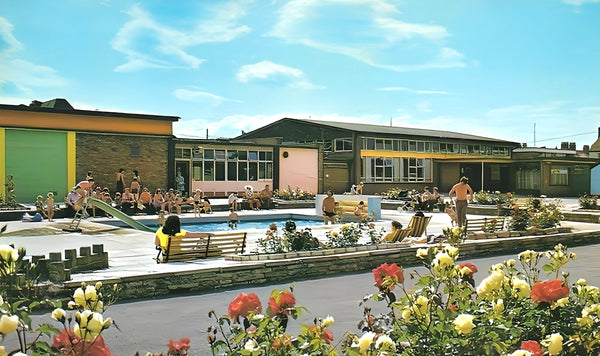
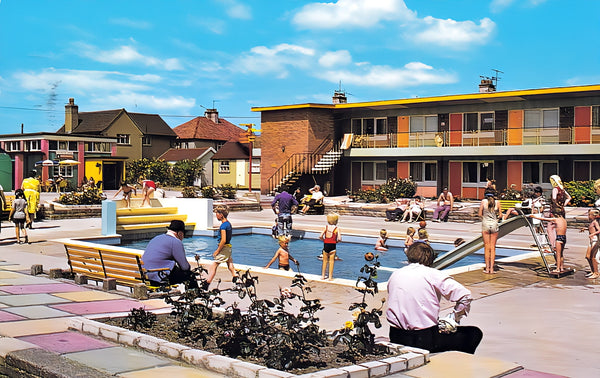
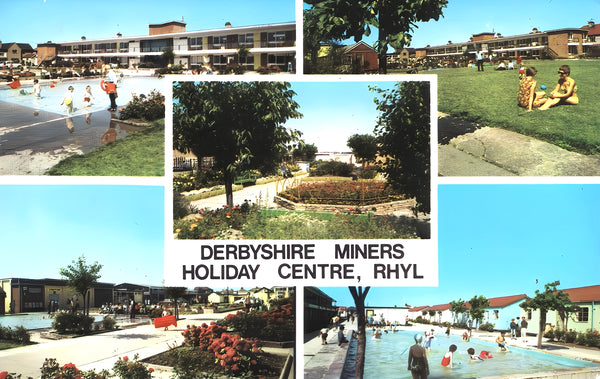
It was sold in May 1980 to Western Motor Holdings for £250,000 and was renamed The Derbyshire Holiday Centre. In December 1983 it was sold again to Gem Leisure with the new owners announcing plans for a £6 million investment. Work began on rebuilding the site but just a year later it all collapsed into liquidation and closed in December 1984 with the loss of 12 permanent jobs. The camp was put up for sale with an asking price of £200,000.
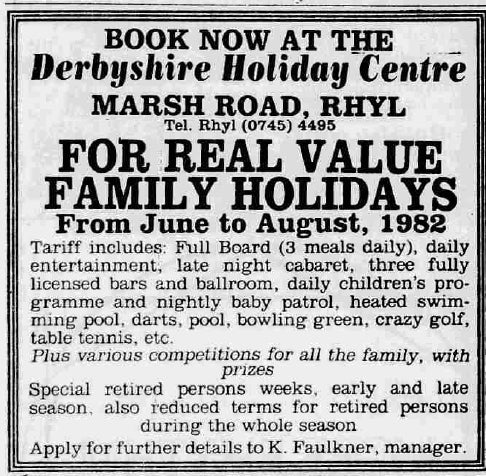
No buyer was found so the camp sat abandoned where it suffered from vandals, squatters and numerous arson attacks. Fires became so common that the council gave the fire brigade their own key to get in. In 1989 the derelict site was sold for housing development and the remains were demolished the following year. In December 1992 a new complex of 94 homes was officially opened by David Hunt, Secretary of State for Wales.
Where was it located exactly? Search out Chatsworth Rd, Haddon Close and Thornton Close in Rhyl.
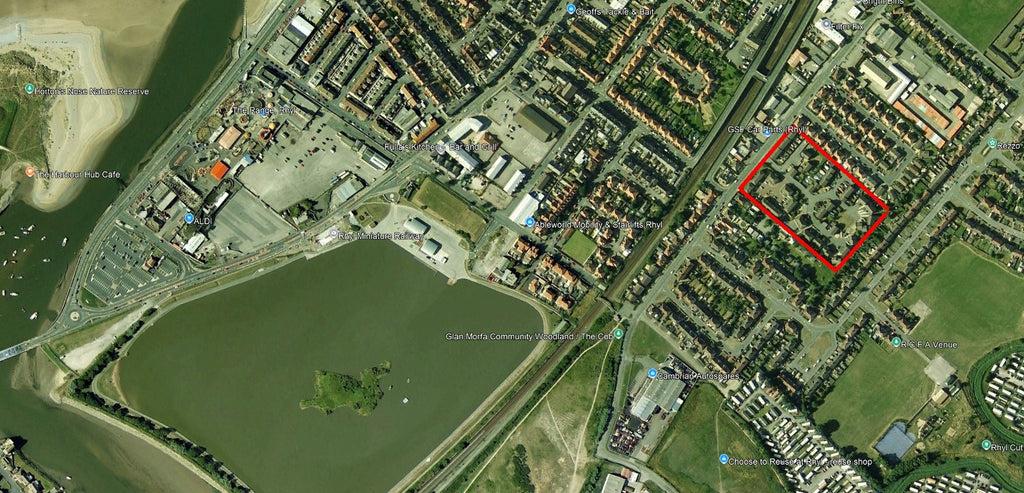

We’d love to hear your memories and stories of the camp. Please feel free to leave a comment below.

Leave a Reply